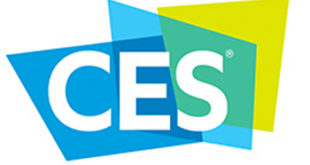Dixons Retail’s ecommerce director Jeremy Fennell talks about the growing convergence between in-store and online sales.
Questions about the percentage split between customers who buy online and in-store are becoming less relevant now than ever before.
Why? Well we know that around 80 per cent of our customers start shopping in-store and 17.5 per cent start shopping online. But there’s no customer that is just shopping in one place anymore – most people in-store are looking at your website in their hand, as well as the website of everybody else at the same time. The two channels are merging faster than ever and you’ve got to move into that multichannel world today.
But although the retail world and its parameters might have changed, a lot of the principles are exactly the same: You start with the customer and add value for the customer, in order that they choose you as a place to shop.
We’ve been through the ecommerce stage where everybody used to have shops and online [as separate entities], then they merged together and people started talking about multichannel and omnichannel, and last week I even heard ‘hyperchannel’. You’ve got to keep up because everything keeps changing.
The point is it’s retail – and customers don’t see the difference. So if you don’t see the difference, you’re more likely to hit them with what it is that they want. And in our world, the reason we look at it that way is because yes, 17.5 per cent of our business is transacted online, but half of that is collected at the store using Click and Collect, six per cent of online sales are transacted from within the store and 80 per cent of people that shop in the store have been online to research first.
So there’s huge crossover – there’s no difference between the two customers anymore.
In the omnichannel world, as retailers we’ve always had tons of data and have obsessed ourselves with monitoring sales and knowing what’s going on out there. We use that to inform the decisions we take, but sometimes with minimal insight. So you better know what you want to know before you get into it.
In its simplest form let’s understand what the website funnel looks like, which is the number of people that come in and then who gets to the product page, who gets to the basket page and who gets to the delivery page.
Then you can start to really inform your website development.
About the author
Jeremy Fennell is ecommerce director at Dixons Retail.
 PCR Tech and IT retail, distribution and vendor news
PCR Tech and IT retail, distribution and vendor news



